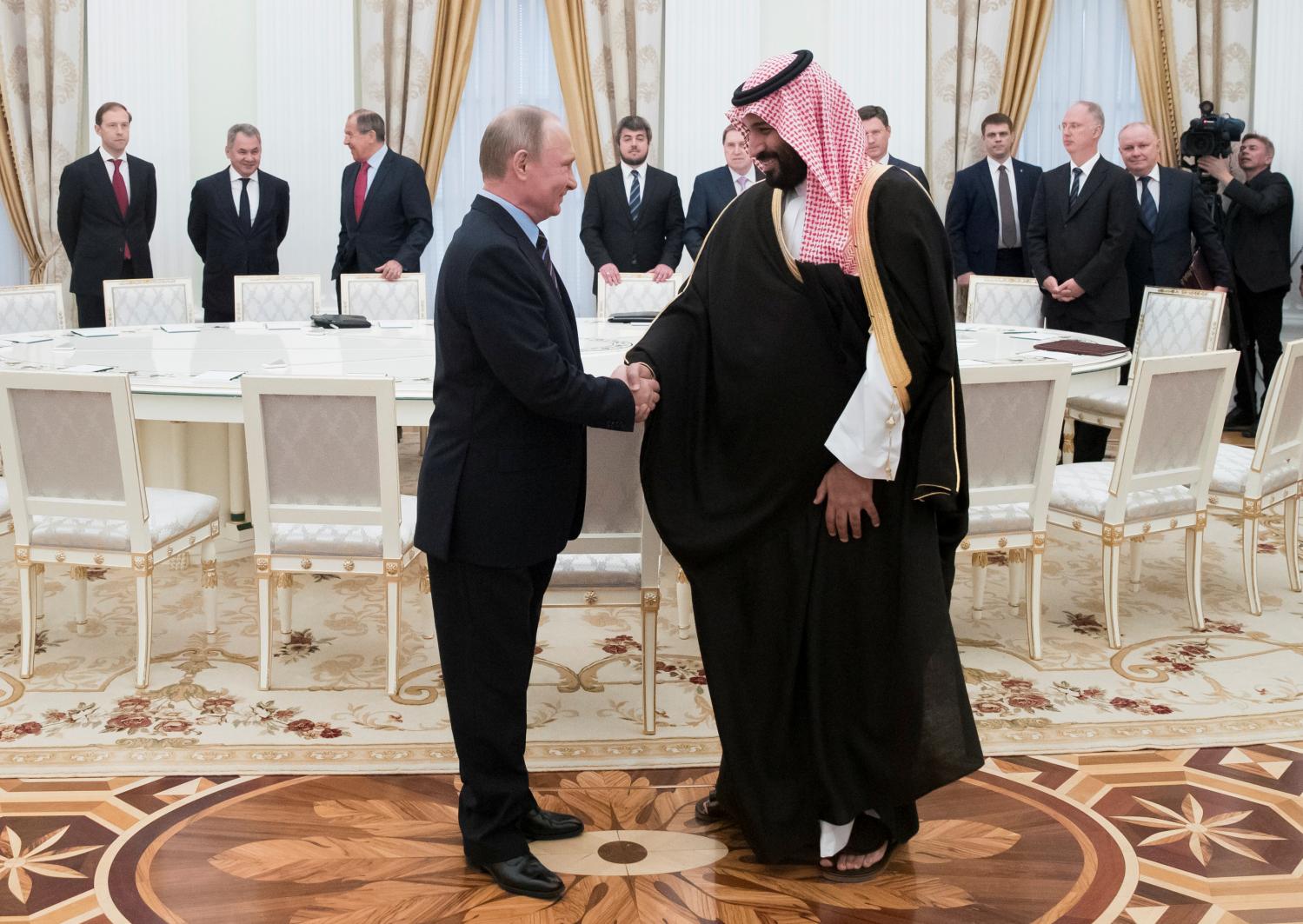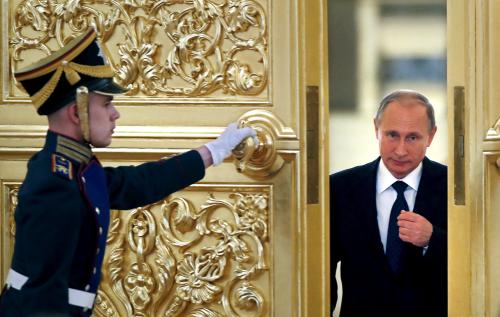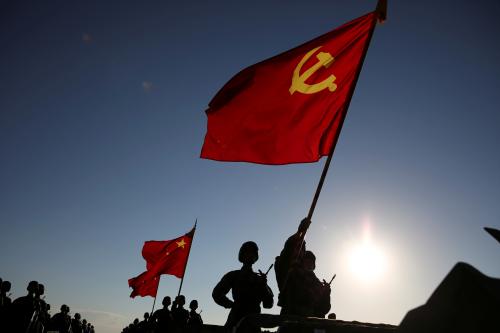For about 20 years since the end of the Cold War, the regional power dynamics of the Middle East were relatively stable, and United States was the uncontested and dominant external power. Today, a combination of the upheavals, revolutions, and civil wars in the region, U.S. war fatigue, the shale energy revolution, and the return of great power competition have dramatically transformed the geopolitics of the Middle East. In September 2018, Bruce Jones, director of the Brookings Foreign Policy Program, convened 10 Brookings experts—Jeffrey Feltman, Samantha Gross, Martin Indyk, Kemal Kirişci, Suzanne Maloney, Bruce Riedel, Natan Sachs, Amanda Sloat, Angela Stent, and Tamara Cofman Wittes—to discuss new geopolitical alignments in the Middle East and the future of U.S. policy in the region. The edited transcript below reflects their assessments of the landscape of the new geopolitics of the Middle East; the reality and perception of U.S. withdrawal from the region; the strategic interests and goals of major regional actors; the interactions between these regional actors, including in proxy wars; and policy recommendations for U.S. strategy going forward.
Director’s summary
The perception of U.S. withdrawal from the Middle East overstates reality, but American influence in the region is certainly on the decline. The United States retains a significant troop presence in the region, but the American public has limited support for military engagement in Middle Eastern conflicts. The perception that the United States is no longer dependent on the region’s oil supplies is not borne out by the realities of the global oil market, but does shape contemporary American decisionmaking. The United States has stepped back from diplomatic leadership on the Middle East peace process and conflict management across the region. Only on issues related to Iran has the United States had a sustained—but not consistent—focus.
Other actors have been inserting themselves into regional decisionmaking. As these two dynamics converge, a new geopolitical structure is evolving. It has six primary countries—Saudi Arabia, Iran, Turkey, Israel, the United States, and Russia. Others, like Egypt, maintain some of their past influence, although at significantly diminished levels. China does not currently play a central role in directing regional affairs, but is building its economic and diplomatic ties across the region and is poised to be more influential in the future.
The primary actors have distinct strategic objectives. Iran and Saudi Arabia seek to balance each other. Israel seeks to counter both Iran’s nuclear and regional ambitions, and engages in a conflict management, rather than conflict resolution, approach toward the Palestinians. It shares with Saudi Arabia the strategic objective of containing Iran, but Saudi Arabia and Arab public opinion place limits on the depth of Saudi-Israeli cooperation. Turkey has a dual Islamic-nationalist strategy, and is increasingly involved in regional affairs. Russia seeks to protect state sovereignty and gain influence at the expense of the United States.
The split in the Gulf Cooperation Council has resulted in a strengthening of ties between Turkey and Qatar, two powers aligned with or sympathetic to the Muslim Brotherhood, versus Saudi Arabia and the UAE, who oppose the Brotherhood. The split has pushed Qatar into closer ties with Iran, probably temporarily. American diplomatic efforts to smooth the rift have not succeeded. President Trump’s interest in forging a new Middle East Security Alliance has been delayed as a consequence of this and other developments.
American strategy in the region is confused, at best. U.S. diplomatic engagement to push for a regional economic and military framework that would support stability and limit Iran’s reach might still deliver results, but it would require the United States to convince its putative partners in the region that it has staying power.

















